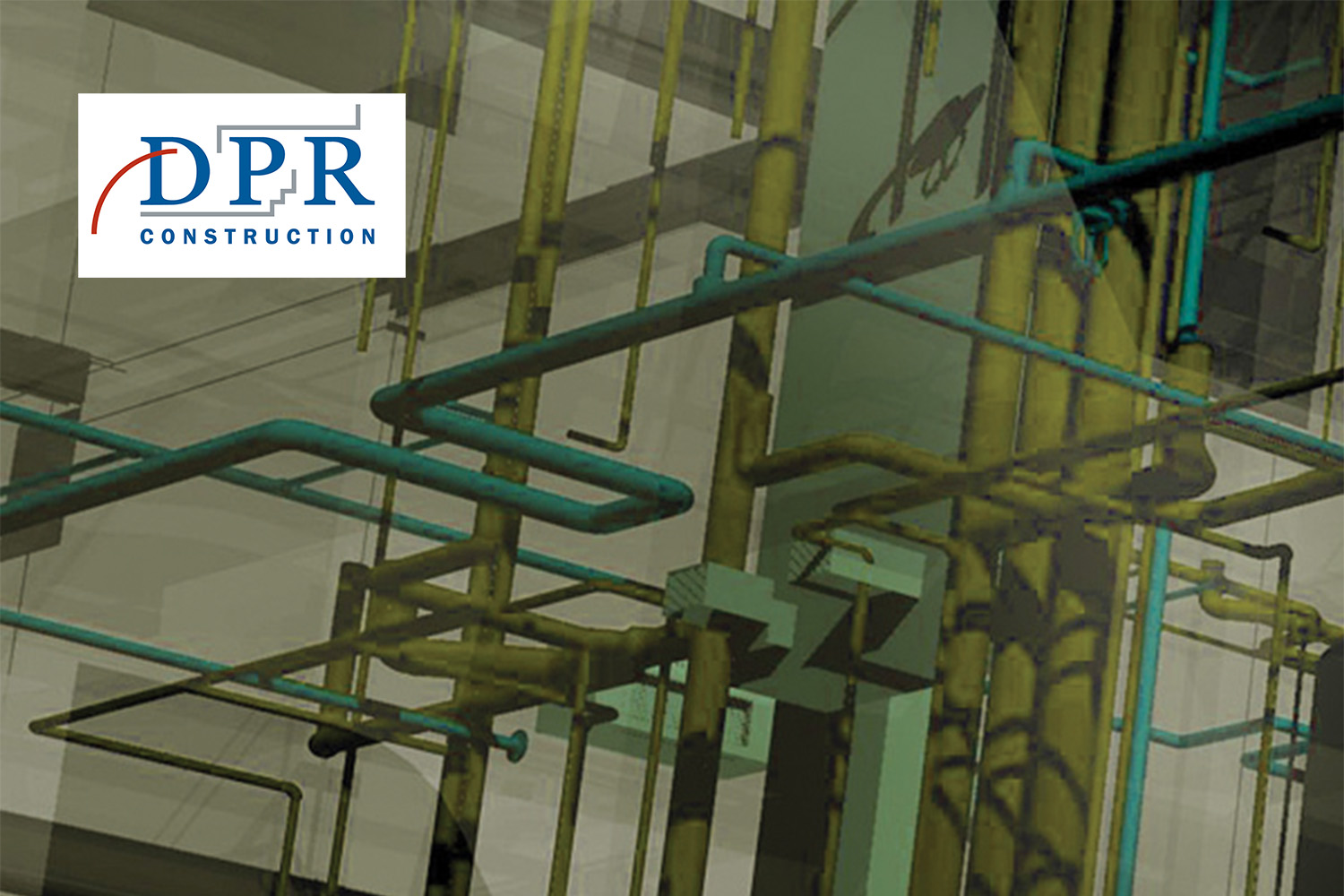A Case Study on DPR Construction
Share

The scope of work defined in contracts, and how advanced AECO professionals are expanding that scope without changing their contracts.
There has been a lot of discussion at Tocci in recent days about the scope of work defined in contracts and how advanced AECO professionals are expanding that scope without changing their contracts. Simply put, they are raising the standard of care they provide. Instead of talking about ourselves all the time, we thought we would illustrate this point with a case study on DPR construction.
DPR Construction, frequently ranked in the top 50 general contractors in the country, is currently building a 130-bed, $320 million hospital project for Sutter Health in Castro Valley, CA. On this project, DPR, along with other project stakeholders (architect, engineers, and key subcontractors) are working to meet specific shared project goals: 30% reduced design and construction schedule and $320M target cost to name a few.
The team is using many techniques to reduce waste and increase collaboration, and many of these techniques cross the lines of standard contracts. These techniques include the use of a “Big Room”, full team Value Stream Mapping, and Direct Digital Exchange.
The team set up a “Big Room”, large enough for all key team members to collaborate face-to-face. Representatives from the 11 key stakeholder companies would travel from all over the country every two weeks to collocate for 3 days. They review the design, assess the schedule, map the workflow and update the budget. When all parties are brought together, work not only gets done much faster and eliminates extra levels of red tape and hierarchy, but the team is incentivized to streamline workflow, to make the most of the face time by working solely toward the goals of the project, and not individual company concerns.
Value Stream Mapping was used to optimize the team’s compressed schedule. Similar to Lean Construction pull-scheduling, Value Stream Mapping looks at downstream tasks to determine what needs to occur upstream. Because the entire team is present for all phases of Value Stream Mapping, non-value add tasks are easily identified and eliminated from the schedule. Rather than trying to preserve scope, team members focus on optimizing the overall project.
The design team and subcontractors set up what they called ‘Direct Digital Exchange’ to maximize the use of 3D geometry and data and minimize the creation of 2D drawings. This was most profound for mechanical and plumbing. The team worked out technical protocols to enable the design team to do early routing and calculations while the detailers focused on fabrication layout and details. The detailers’ work was incorporated into the final design drawings. The early success of this collaboration prompted the team to find other areas to utilize ‘Direct Digital Exchange’; one other example is the shared responsibility for drywall and exterior detailing between the architectural design team and subcontractors.